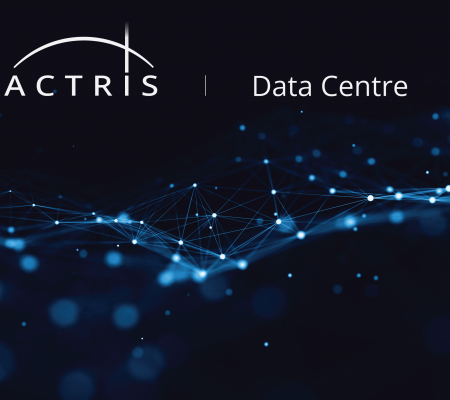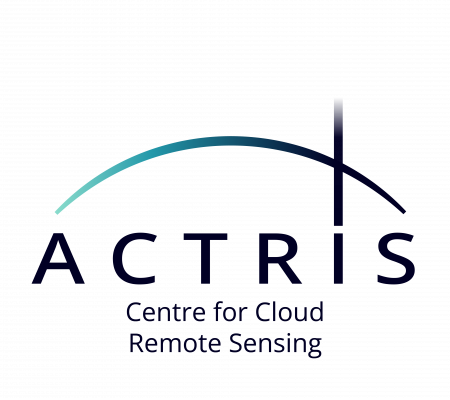Atmospheric simulation chambers and laboratories are highly instrumented facilities for the determination of parameters needed for understanding chemical, physical, or biological processes and for controlled simulation experiments under near-realistic environmental conditions.
Atmospheric Simulation Chamber Types
- Indoor chambers with artificial light sources
- Large outdoor chambers
- Cloud and aerosol-cloud-interaction chambers
- Assemblies of high-end instruments and installations for specific purposes that do not require ‘artificial atmospheres’
- Scientific excellence allowing users to perform front-line research on atmospheric processes with state-of-the-art instrumentation
- Uniqueness and diversity with a versatile range of facilities enabling a wide range of research
- Access capability with physical access to users
Mobile platforms comprise land-based, shipborne and airborne facilities, and thus, allow investigations of various processes under specific meteorological, climatic, or topographic conditions in different environments and ecosystems.
Mobile Platform Types
-
Land-based Mobile Platforms:
Instruments in containers, trailers or other robust housings that can be easily shipped and set up in remote locations or on moving platforms -
Shipborne Mobile Platforms:
Instruments on research or commercial vessels, either as fixed setup or in removable seaworthy housings or containers -
Airborne Mobile Platforms:
Light-weight instruments flown on airborne platforms, including unmanned aerial vehicles (UAV) and balloon-borne or helicopter-borne platforms, and heavy-weight instruments on selected research aircraft designated for ACTRIS by a member state
-
Scientific excellence:
- allowing dedicated investigations of specific processes, species and/or interactions in the natural environment with state-of-the instrumentation in remote locations
- applying state-of-the-art equipment, newest and best-available technologies in support of the six ACTRIS observational components -
Mobility:
allowing deployment across the world in various environments -
Access capability:
open to physical access to users

























